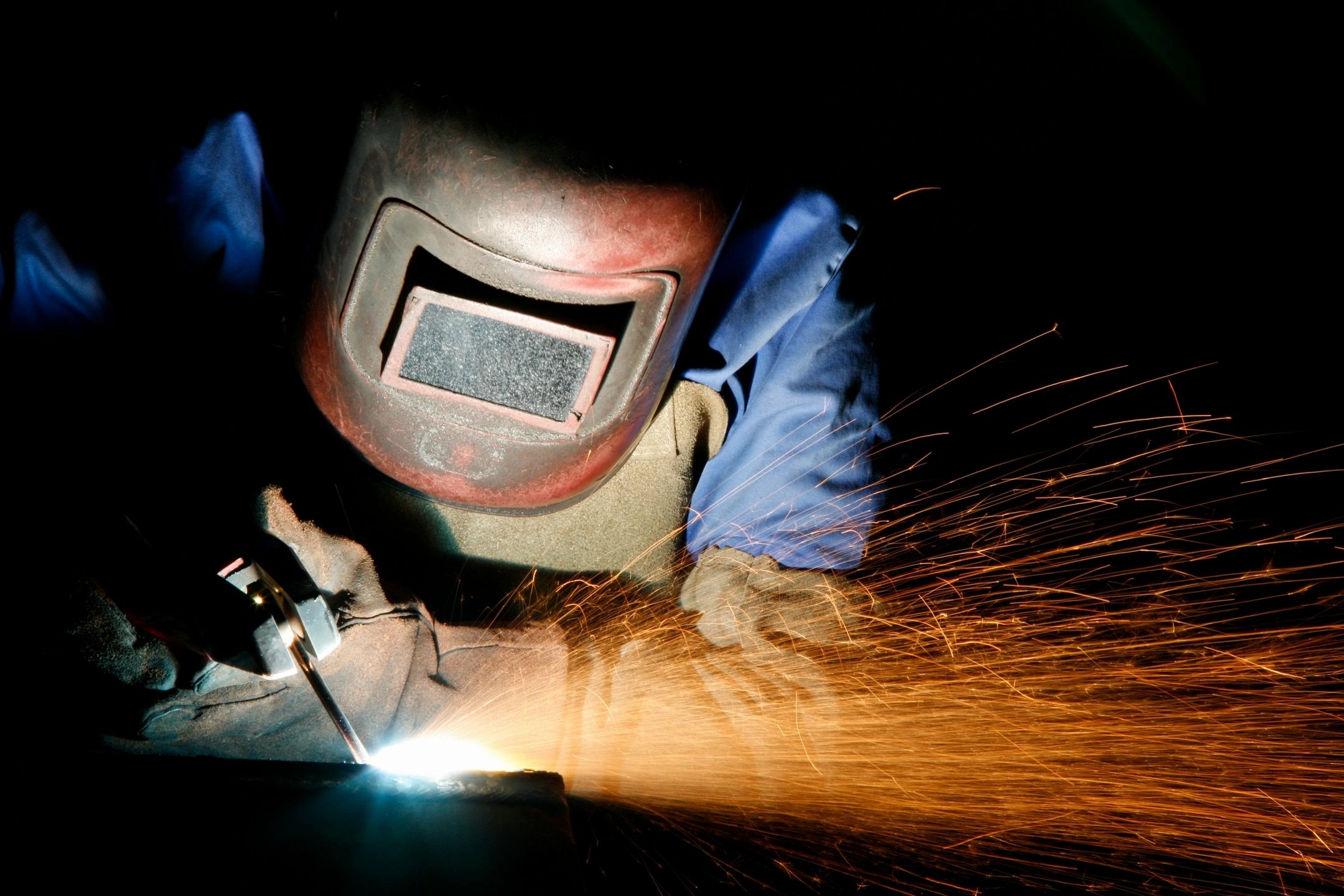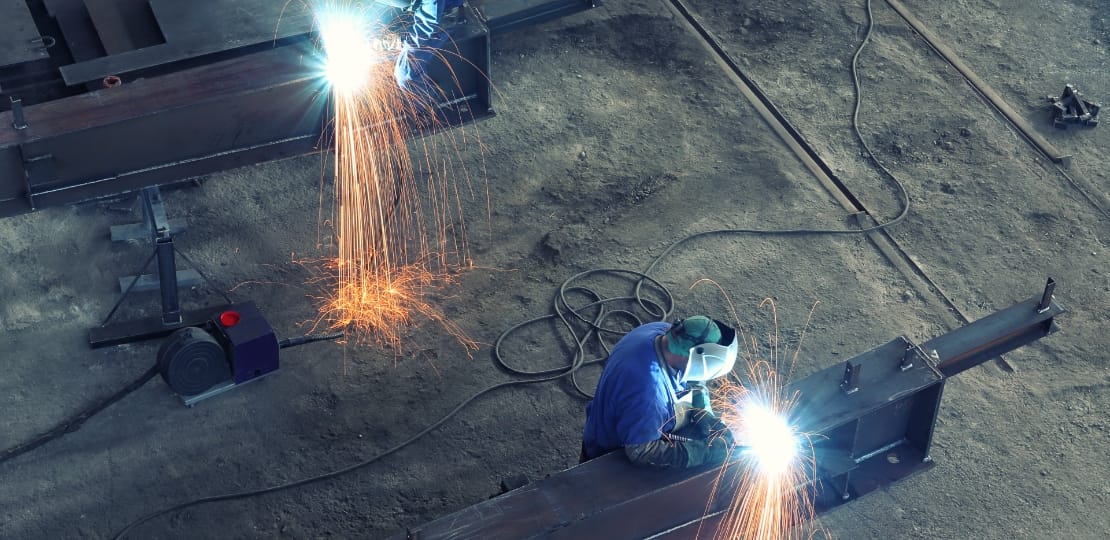How to achieve perfect fusion with Montana Mobile Welding and Repair Belgrade Fabrication
Common Welding Repair Work Issues and How to Address Them Effectively
Welding repairs commonly run into a series of problems that can jeopardize the stability of the end product. Common issues include insufficient penetration, porosity, and misalignment, to name a few. Each problem offers unique challenges that call for specific methods for resolution. Comprehending these problems is vital for welders aiming to boost their skills and end results. This conversation will check out these usual welding repair issues and reliable approaches to address them.
Inadequate Infiltration
Poor infiltration happens when the weld metal falls short to completely fuse with the base material, causing weak joints and possible architectural failures. This issue commonly stems from inadequate heat input, inaccurate electrode angle, or inappropriate welding rate. Welders may encounter poor infiltration because of a mistake of the essential parameters for a particular product thickness or type. Additionally, contamination on the base material's surface can impede effective bonding, exacerbating the trouble. To address inadequate penetration, welders need to assure proper setups on their tools and keep a tidy work surface area. Normal examination of welds is advised to identify any kind of shortages early, permitting timely modifications and the avoidance of jeopardized architectural integrity in welded settings up.
Porosity
Porosity is a typical flaw in bonded joints that materializes as little gas bubbles caught within the weld metal. This defect can endanger the honesty of the weld, causing lowered strength and potential failing under stress. Montana Mobile Welding and Repair Belgrade Welding. Porosity commonly arises from contamination, dampness, or improper welding methods, which permit gases to run away right into the liquified weld swimming pool. To resolve porosity, welders must assure correct surface area prep work, maintain a tidy workplace, and use appropriate welding specifications. Furthermore, choosing the best filler material and shielding gas can alleviate gas entrapment. Regular inspection and testing of welds can aid determine porosity early, assuring timely rehabilitative activities are taken, thereby protecting the top quality and integrity of the bonded framework
Misalignment
Imbalance in welding can emerge from various aspects, consisting of inappropriate setup and thermal development. Recognizing the origin is crucial for effective resolution. Several correction strategies are available to straighten parts and assure architectural integrity.
Causes of Misalignment
Welding imbalance commonly comes from a variety of underlying concerns that can jeopardize architectural stability. One key reason is inappropriate fit-up of components before welding, which can bring about gaps and unequal surfaces. Variants in thermal expansion throughout the welding procedure can also result in distortion, specifically if the products being signed up with have various coefficients of expansion. In addition, insufficient clamping and fixturing might fall short to hold parts securely in area, bring about movement during welding. Inadequately conserved equipment, consisting of welding devices and tools, might present disparities in the weld bead, more adding to misalignment. Finally, driver mistake, originating from insufficient training or experience, can likewise play a substantial role in developing misaligned welds.
Adjustment Strategies Available
Attending to imbalance properly requires a combination of rehabilitative techniques tailored to the particular concerns at hand. One typical approach is using jigs or fixtures to hold components in the right setting during welding, ensuring consistent positioning. Additionally, pre-heating the materials can assist decrease distortion and boost fit-up. For substantial imbalance, mechanical realignment techniques, such as using hydraulic jacks or clamps, can be used to remedy the placement before welding. Post-weld warmth treatment might likewise be needed to alleviate stresses triggered by misalignment. Careful assessment and modification throughout the setup stage can prevent misalignment concerns from coming to be substantial problems, advertising a smoother welding procedure and improving total architectural stability.
Distortion
Distortion is a common difficulty in welding that can arise from various aspects, consisting of uneven heating & cooling. Comprehending the root causes of distortion is vital for applying reliable prevention strategies. Addressing this problem not just boosts architectural honesty but also enhances the general quality of the weld.
Root causes of Distortion
When subjected to the extreme heat of welding, materials frequently undertake modifications that can cause distortion. This phenomenon mostly emerges from thermal development and tightening during the welding process. As the weld location heats up, the product increases; upon air conditioning, it acquires, which can create interior tensions. In enhancement, unequal heating throughout a work surface can worsen these stresses, leading to bending or flexing. The kind of product additionally plays a substantial function; metals with differing thermal conductivity and coefficients of expansion might respond differently, resulting in unforeseeable distortions. Poor joint layout and poor fixturing can add to misalignment throughout welding, boosting the possibility of distortion. Understanding these reasons is essential for reliable welding repair and prevention approaches.
Prevention Techniques
Efficient avoidance strategies for distortion during welding emphasis on managing warm input and ensuring appropriate joint layout. Preserving a constant heat input assists to minimize thermal growth and tightening, which can cause distortion. Utilizing techniques such as pre-heating the work surface can likewise lower the temperature level gradient, promoting uniform home heating. Furthermore, picking suitable joint arc welding for beginners layouts, such as T-joints or lap joints, can boost security and reduce stress and anxiety focus. Executing appropriate fixturing to protect the work surfaces in position better aids in keeping placement throughout the welding procedure. Staggered welding series can disperse warm more evenly, avoiding local distortion. By using these techniques, welders can significantly reduce the likelihood of distortion and improve the total top quality of their welds.
Cracking
Breaking is a typical concern experienced in welding repair work, typically resulting from numerous variables such as inappropriate air conditioning rates, product option, or inadequate joint prep work. The event of fractures can greatly compromise the stability of the weld, causing potential failures during operation. To resolve this issue, welders have to first assess the origin, making certain that products work and properly chosen for the certain application. In addition, managing the cooling price throughout the welding procedure is necessary; rapid air conditioning can induce stress and lead to fracturing. Proper joint layout and preparation additionally add to minimizing the risk. Implementing these strategies can boost weld quality and sturdiness, eventually reducing the probability of breaking in ended up weldments.

Insufficient Blend
A considerable problem in welding repairs is insufficient blend, which takes place when the weld metal does not appropriately bond with the base product or previous weld passes - Montana Mobile Welding and Repair. This defect can lead to weaknesses in the joint, possibly jeopardizing the stability of the welded framework. Elements contributing to insufficient combination consist of not enough warmth input, incorrect welding method, and contamination of the surface areas being signed up with. To resolve this concern successfully, welders need to assure correct pre-weld cleansing and surface area prep work, along with adjust their welding specifications to accomplish ample infiltration and fusion. Routine evaluation throughout the welding process can additionally aid identify incomplete blend early, enabling timely rehabilitative steps to improve the general high quality of the weld
Overheating
While welding fixings can enhance structural honesty, overheating presents a significant obstacle that can cause product destruction. Extreme warmth during welding can change the mechanical properties of steels, resulting in minimized toughness, enhanced brittleness, and bending. This sensation is specifically crucial in high-stress applications where architectural integrity is critical. Identifying getting too hot can involve aesthetic examinations for discoloration or distortion, along with checking temperature throughout the welding procedure. To alleviate the threats connected with getting too hot, welders ought to employ appropriate methods, such as regulating heat input, adjusting travel rate, and using suitable filler materials. Additionally, executing pre- and post-weld warm treatments can assist recover material homes and improve the overall quality of the repair work, making sure long-lasting performance and security.
Often Asked Concerns
What Are the Usual Indications of a Welding Flaw?

Exactly How Can I Examine My Welds for High quality?
To examine welds for quality, one can use visual assessments, ultrasonic screening, and radiographic techniques. Each technique ensures architectural stability, determines problems, and validates adherence to defined standards, ultimately boosting the reliability of the bonded joints.
What Safety and security Safety Measures Should I Take While Welding?
When welding, one must prioritize safety by using ideal individual safety tools, ensuring proper ventilation, securing flammable products away, keeping a clean office, and understanding surroundings to prevent injuries and accidents.
Can I Fix a Weld Without Redesigning the Entire Joint?
Repairing a weld without redoing the whole joint is feasible, depending on the damages (Montana Mobile Welding and Repair Belgrade). Methods such as grinding, including filler product, or making use of a welding process can properly address details imperfections while protecting the bordering structure
What Tools Are Important for Reliable Welding Fixes?
Important devices for efficient welding repair work consist of a welding maker, cord brush, mill, safety gear, clamps, and filler materials. Each device plays a crucial duty in making certain quality and safety and security during the fixing procedure. Porosity generally emerges from contamination, wetness, or improper welding techniques, which enable gases to get away into the liquified weld pool. Improperly maintained devices, consisting of welding equipments and hop over to here tools, may present inconsistencies in the weld grain, more adding to misalignment. When subjected to the intense warmth of welding, products typically undertake changes that can lead to distortion. Fracturing is a typical issue run into in welding repairs, commonly resulting from various elements such as incorrect air conditioning rates, material choice, or poor joint preparation. A significant issue in welding repairs is incomplete combination, which happens when the weld steel does not appropriately bond with the base product or previous weld passes.